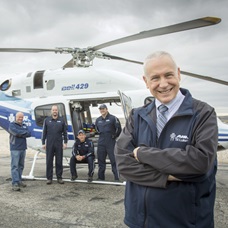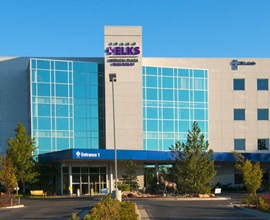Dr. Pate’s Prescription for Change
St. Luke’s Nolan Hoffer: Jerry’s story then, Ashley’s story now
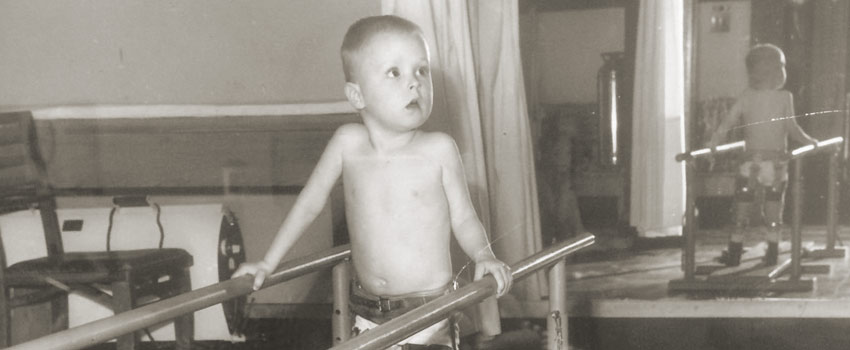
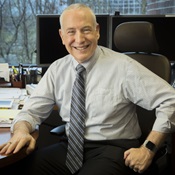
I am incredibly proud of the employees and physicians who serve patients at St. Luke’s Rehabilitation. They do amazing work to help people recover from challenging illnesses and injuries. Here, Nolan Hoffer, senior director of St. Luke’s Rehabilitation inpatient operations, reflects on the power of rehabilitation in individual lives and in the life of the community.
- David C. Pate, M.D., J.D.
This October, St. Luke’s Rehabilitation (formerly Idaho Elks Rehabilitation Hospital) will celebrate five years as part of the St. Luke’s Health System family.
And while the transition has been challenging at times, what has remained constant is my belief that our services are as meaningful now as when the hospital opened in 1947. We help people heal, thereby providing the opportunity for our patients to live full, productive lives and to continue to be valued members of our community.
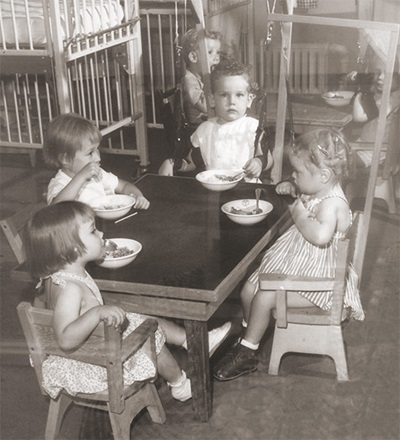
Nothing illustrates this more than Jerry’s story.
Several weeks ago, I was involved in a presentation before the St. Luke’s Meridian/Eagle Advisory Council. The presentation highlights the Elks’ legacy and details St. Luke’s efforts to advance therapy services.
Later that afternoon, I received an email from Jerry Nielson, a member of the council. His message read in part:
“I was a patient at the Children’s Home for a short period in 1949. I can scarcely remember the specifics but I think of the experience as totally positive, with happy memories although the circumstance was so serious.
“Nowadays, we call the place St. Luke’s Rehabilitation Hospital, but then it was a special project of the Elks of Idaho. The Home was a relatively modest structure, intended to be a place where those with polio could begin treatment, providing the hope to live free of the crippling affliction of polio.
“I was born in the small farming community of Wendell, 100 miles east of Boise. When I was 3, my mother noticed I had started limping as I walked and played.
“My earliest memory is of being placed in a car and going to Boise. It was the longest trip of my life that seemed to take most of the day. The trip was on narrow two-lane roads, following the river through many twists and turns and finally arriving in Boise. When we stopped, I was lifted into a chair with wheels and pushed inside a building looking like a very large home.
“Many of my memories are of people entombed in “iron lungs” or struggling to walk with creaking steel braces shackled to their legs and their arms locked to their crutches. The doctors, therapist and nurses were always working with us, giving encouragement and hope.
“My favorite times were after evaluations and therapy sessions, when we children were encouraged to play. My closest friends and I would gather in a long hallway and race each other on our crutches to the other end. I was amazed that the older people actually were pleased we were working so hard on our rehab...
“I was a lucky 3-year-old. I was discharged after three months. I had to learn to walk with crutches and do lots of therapy exercises. I had to agree to continue the exercises after I was sent home.
“My life pattern for persistent devotion to physical well-being was born. I have the deepest respect for the work you and your staff do. It makes a difference to many people.
“God bless, Jerry”
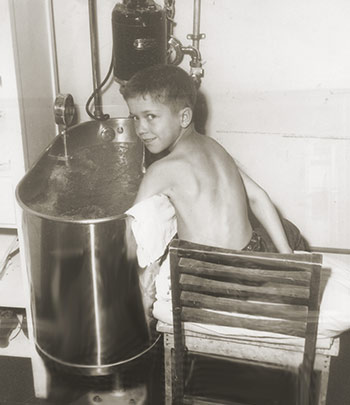
Reading Jerry’s note, I was struck by his vivid memories and amazed by the sense of community, foresight and tenacity of the Idaho Elks to forge a program designed to help the children of our community deal with the devastating diagnosis of polio.
I admire their vision as well. As the rate of polio began to decline in the 1950s and the decades that followed after the development of the polio vaccine, the Elks shifted their focus and moved on to provide rehabilitation services to adult patients.
Which brings us to Ashley.
KTVB recently featured a touching 7’s Hero segment on Ashley Zumbrunnen, who was involved in a tragic accident that left her partially paralyzed. St. Luke’s Rehabilitation provided key therapy services to aide her recovery.
Ashley’s goal was to graduate from Boise State and walk across the stage to receive her diploma. She did so with her 12-year-old daughter – her greatest supporter – by her side.
Stories like Jerry’s and Ashley’s are at the same time both special and common. They illustrate the commitment and courage of individual people who receive our services and underscore our commitment to compassionate care, then and now.
For decades, we have been beacons of hope for patients with devastating diagnoses, and diligent in our collective efforts to help people heal. I am honored to be among those professionals who give of their time and treasure to help heal our community, for I think one of the greatest gifts in life is not in the receipt of an object, but the gift of knowing you helped someone in a time of pain and suffering.
About The Author

Nolan Hoffer is senior director of St. Luke’s Rehabilitation inpatient operations, based in Boise, Idaho.

